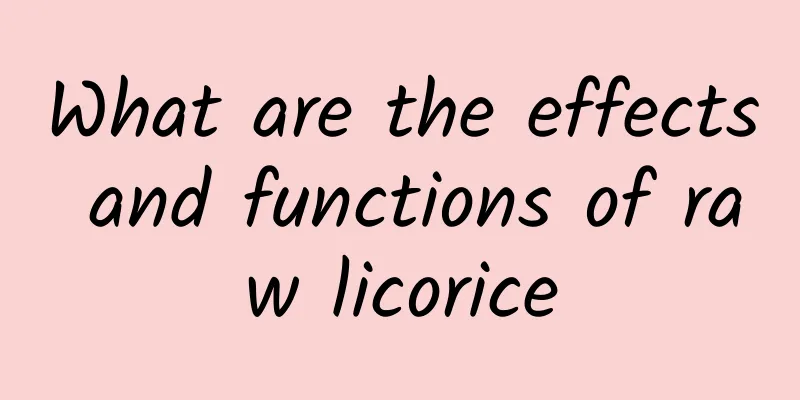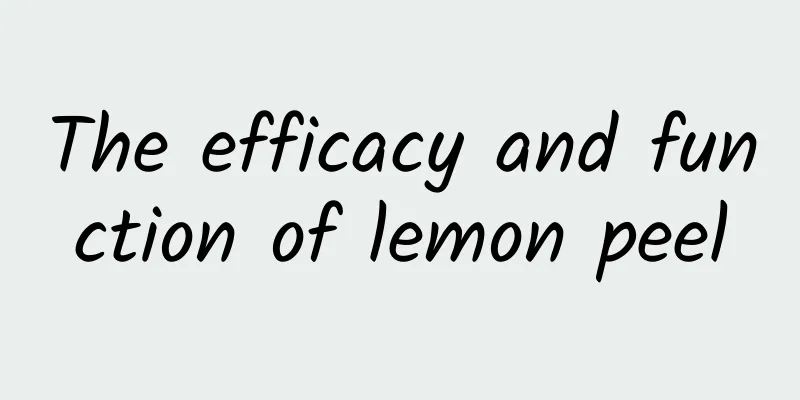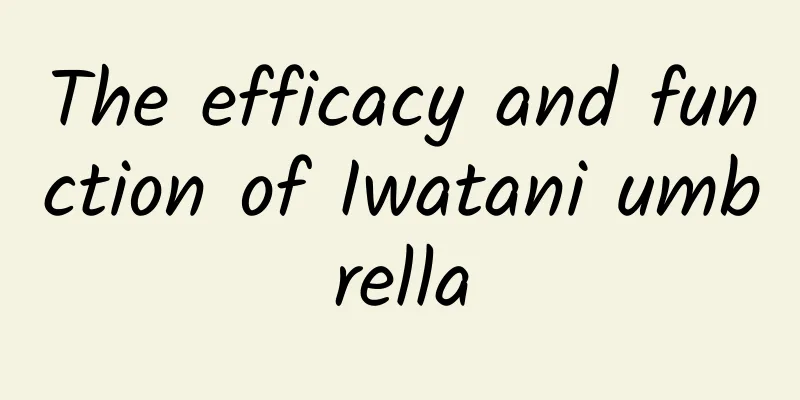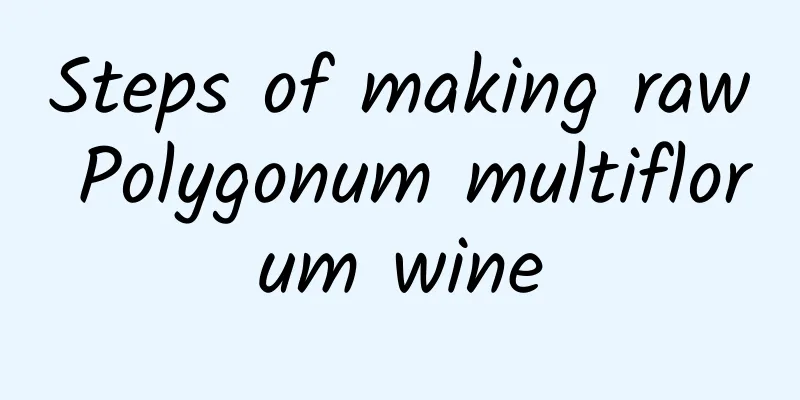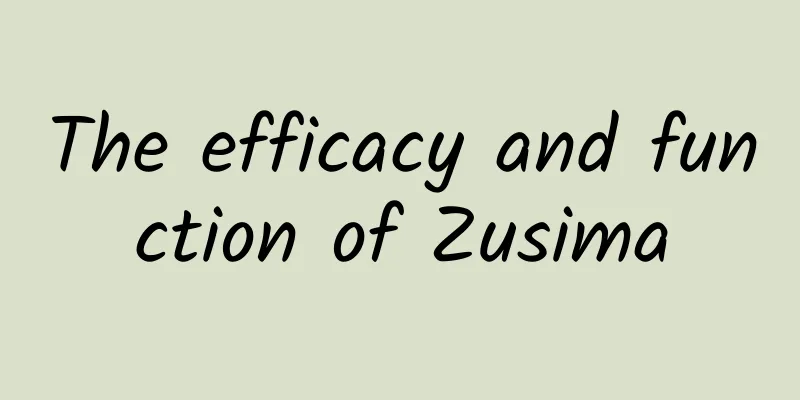The "magic medicine" that can eliminate rheumatism and strengthen bones and muscles grows in your backyard
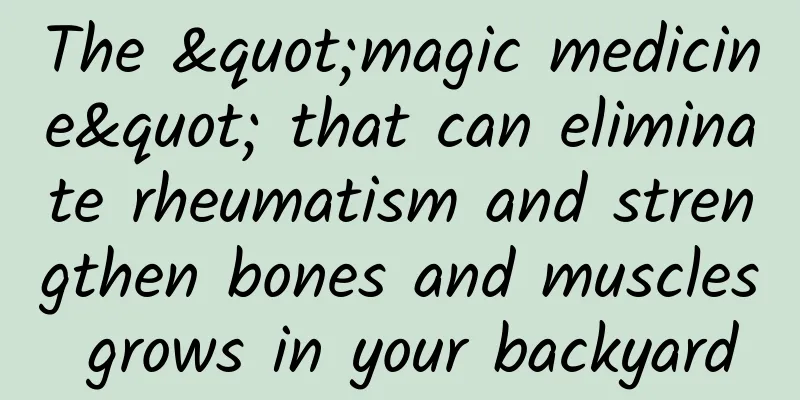
|
I went back to my hometown some time ago and saw my nephews playing and fighting with some kids from the neighborhood. I couldn't help but recall the time when I was playing with some childhood friends. One of the kids accidentally dislocated his arm. Fortunately, there was an old Chinese doctor in the village at that time. After helping him put his arm back in place, he also used some herbal medicine for external application for a period of time before he recovered like a dragon and a dragon. I still remember that when the old Chinese doctor was picking external medicine for my childhood friend, he also picked a medicine in my backyard. It happened that my grandfather had told me about that medicine before. That medicine was called Acanthopanax acanthopanax bark, which could be used to soak in wine to treat rheumatic pain, and it could strengthen the muscles and bones when crushed and applied externally. Thinking about it later, it made sense. The old Chinese doctor believed that children's joint dislocation should not be taken lightly, so as to avoid future diseases. Therefore, it was very wise to apply some Chinese medicine to strengthen muscles and bones, promote blood circulation and reduce swelling. Acanthopanax acanthopanax is a small deciduous shrub of the Araliaceae family, also known as White Thorn, Eyebone, Wind Chaser, and Southern Acanthopanax acanthopanax. Most of them grow on hillsides or in jungles, and can also be cultivated. It is usually harvested in summer and autumn 1 to 4 years after planting. The roots are dug out, the fibrous roots are removed, the outer bark is scraped off, the wood core is removed, and the roots are dried in the sun or on a kang before being used as medicine. What are the medicinal effects of Acanthopanax Cortex? According to traditional Chinese medicine, Acanthopanax Cortex is pungent and bitter in taste and warm in nature; it enters the liver and kidney meridians; it has the effects of dispelling wind and dampness, nourishing the liver and kidneys, strengthening the tendons and bones, promoting diuresis and reducing swelling; it is suitable for rheumatism, weakness of tendons and bones, slow walking in children, physical weakness, edema, beriberi and other symptoms; the general dosage is 4.5~9 grams, and it should be applied externally after mashing an appropriate amount. Acanthopanax bark belongs to the liver and kidney meridians, and has the effects of dispelling wind and dampness, and nourishing the liver and kidneys. It is more suitable for patients with liver and kidney deficiency and rheumatism. Acanthopanax bark can be used alone to soak in wine and taken. If it is combined with Notopterygium wilfordii, Gentiana macrophylla, Clematis chinensis and other medicines, the effect will be better. If you want to treat low back and knee pain, lower limb weakness, and slow walking in children caused by liver and kidney deficiency, you can use Acanthopanax cortex in combination with Achyranthes bidentata, Papaya, Dipsacus asper and other drugs. If used to treat edema, difficulty urinating, etc., it can be used in combination with other medicines such as Poria peel, Cibotium bark, ginger peel, and Rehmannia root bark. There are several points to note when using Acanthopanax Cortex in clinical practice. First, patients with yin deficiency and hyperactivity of fire should use Acanthopanax Cortex with caution. Second, do not confuse Acanthopanax Cortex with Acanthopanax Senticosus. Although Acanthopanax Senticosus can also treat kidney deficiency and low back and knee pain, its main function is to invigorate qi and strengthen the spleen, nourish the kidney and calm the mind, so they should be distinguished when used clinically. |
<<: Men and women with back pain can only go to the countryside for treatment
>>: It looks "slutty" but is loved by men
Recommend
What are the effects of Panax notoginseng powder
Traditional Chinese medicine has been very popula...
Medicinal value and efficacy of lily
From the perspective of traditional Chinese medic...
New breakthrough! The heaviest so far, scientists successfully observed for the first time →
Science and Technology Daily reporter Lu Chengkua...
The efficacy and function of wild hemp
Since Chinese medicine has fewer side effects, mo...
AdGooroo: PC and tablet product listing ads accounted for 52% of paid search ad spending during this shopping season
199IT original compilation Search engines are an ...
In the "giant lung" of Tarim Energy, wake up the "sleeping" natural gas "spirit"!
Author: Huang Xianghong Duan Yuechu In my country...
The efficacy and function of purple bullet tree root bark
The root bark of the purple bullet tree is a very...
Have you ever had a dream within a dream? What exactly is a dream within a dream?
Image source: Tuchong Creative Have you ever had ...
Why are the "Little New Year" in the north and south not on the same day? What you don't know about "Officials are three, civilians are four, and boats are five"
In the blink of an eye, the "Little New Year...
"Food Safety Guide" Series | In which foods are aflatoxin likely to "hide"? Learn more in one article
Aflatoxin is the most common mold in warm regions...
Outrageous! These animals use their noses to walk and their ears to fly!
Not long ago, a shocking news came out from the C...
Is it not because of the cold that we exhale white air in winter? There is no white air in Antarctica!
The temperature has dropped continuously in recen...
The efficacy and function of water fern
The efficacy and function of the traditional Chin...
What is the difference between Pueraria lobata and Pueraria lobata?
When it comes to Pueraria lobata, many people may...
